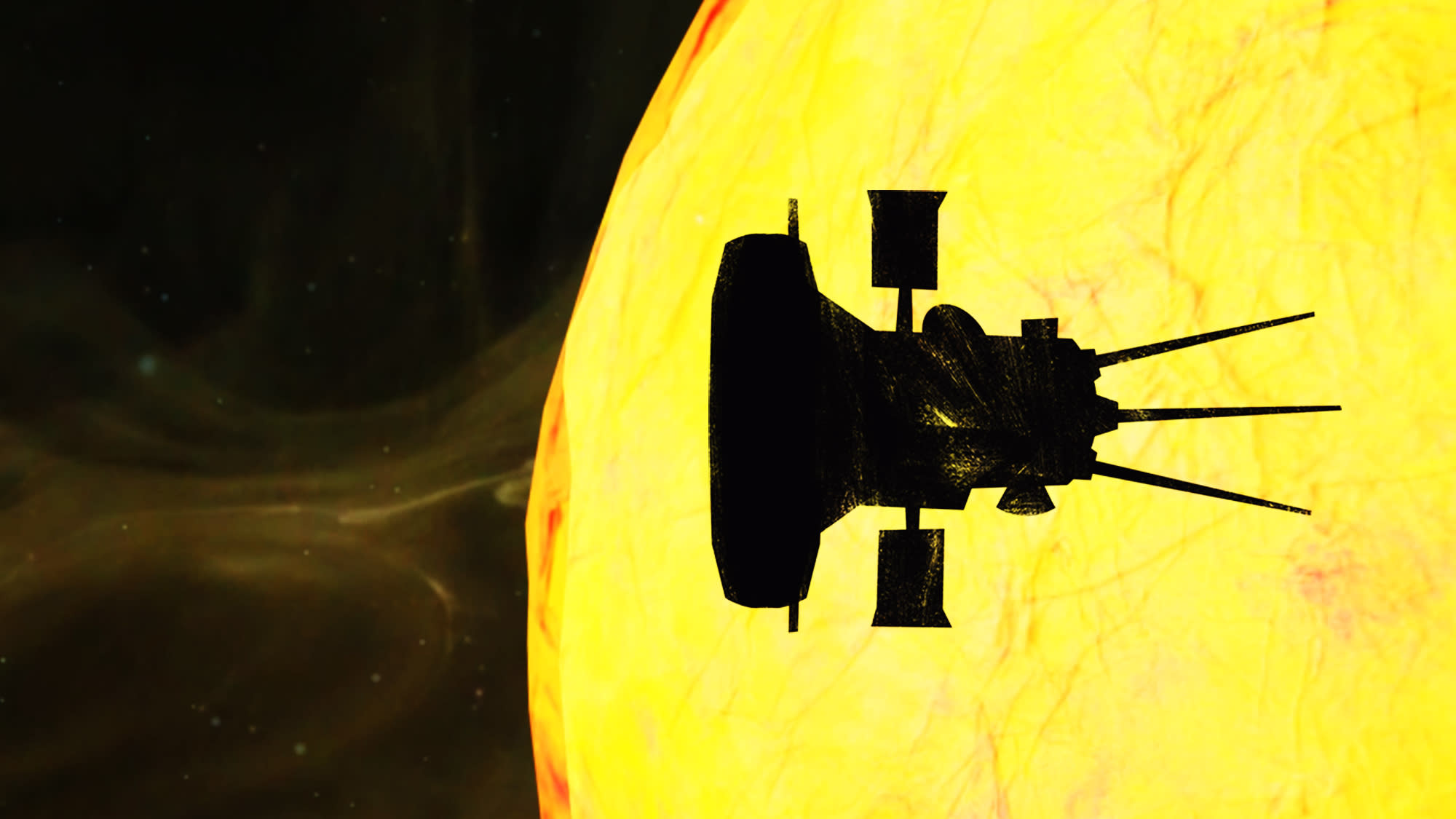
The Sun is an unpredictable violent ball of gas and plasma, radiating fusion energy. It can send streams of charged particles right towards Earth without warning, potentially causing catastrophic damage to our power grid. And while we need the Sun to live, we also need to protect ourselves from its wrath. The problem is we actually know very little about our nearest star because we haven’t been able to get close enough to fully understand its behavior. But finally, NASA believes it has the tech to touch the Sun.
The Parker Solar Probe is humanity’s first trip to a star. It will get seven times closer to the Sun than any mission before, and that’s because of the probe’s Thermal Protection System, or TPS. The spacecraft and its instruments are shielded by an 11 centimeter thick piece of carbon foam sandwiched between two panels of superheated carbon-carbon composite. The TPS will enable the front of the shield to withstand temperatures as high as 1,370 degrees celsius, while the inside of the probe remains at the comfortable heat of a summer day -- about 30 degrees Celsius. Twin solar arrays will power the spacecraft and its cooling system, which surprisingly utilizes a low-tech coolant: pressurized water.
The ability to function in extreme heat is incredibly important because the Parker probe will venture to the corona -- the Sun’s outermost atmosphere. There, the data it collects will help answer two of the most vexing questions in astrophysics: why the corona is hotter than the solar surface and how solar wind is accelerated.
From Earth, we can only ever see the corona during a total solar eclipse, which is why it is incredibly difficult to study. Because the density is so low, the corona’s brightness is overpowered by energy coming from the solar surface. As the last layer of the sun’s atmosphere, the corona extends millions of miles into space. Here, temperatures can rise to over one million degrees Celsius which is about 300 times hotter than the photosphere, the lowest layer of the sun’s atmosphere. At this extreme heat, the Sun’s gravity can’t hold on to rapidly moving particles charged in the corona so they escape in streams of accelerated plasma, known as solar wind. These streams carry the Sun’s magnetic field far into space at speeds up to 800 kilometers per second. There are theories about the causes of coronal heating and solar wind acceleration, but we haven’t been able to land on a definitive answer without actually going to the sun and that’s why the Parker Solar Probe is so crucial.
The spacecraft will orbit the Sun 24 times, coming as close as 5.9 million kilometers and moving as fast as 690,000 kilometers per hour. Once close enough, it will trace energy as it moves through the corona by measuring particle properties and shock waves in the Sun’s plasma. If Parker manages to complete its seven year mission, its data will revolutionize the way we look at the Sun by solving these longstanding solar mysteries. Parker’s discoveries will also help us better predict our nearest star’s volatile behavior and enhance our ability to forecast solar storms to avoid global disaster here on Earth.
This video, "NASA Is Going to The Sun, Here’s Why That’s So Crazy", first appeared on
https://www.yahoo.com/news/nasa-going-sun-why-crazy-210405756.htmlBagikan Berita Ini















0 Response to "NASA Is Going to The Sun, Here's Why That's So Crazy"
Post a Comment